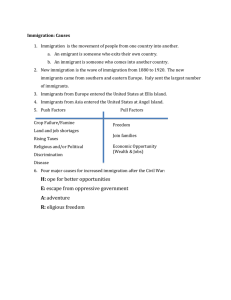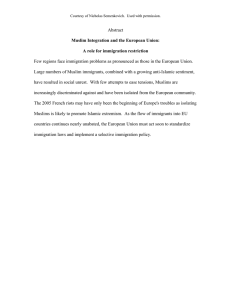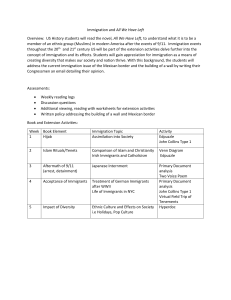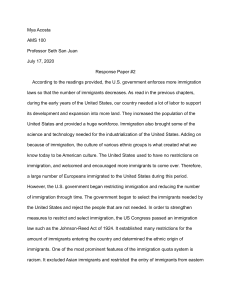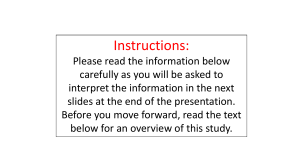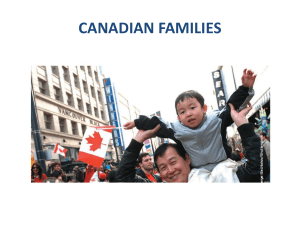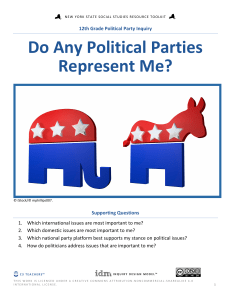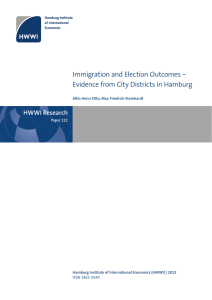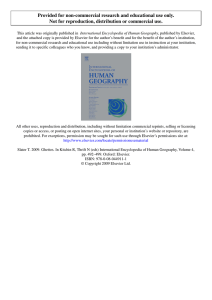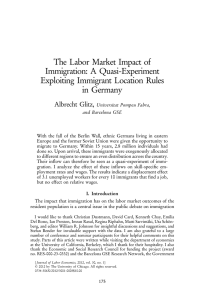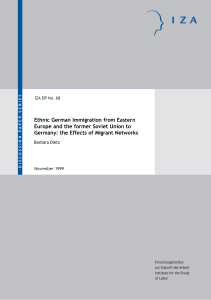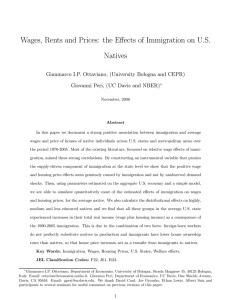Chapter 5: Ethnic Minority Groups
advertisement
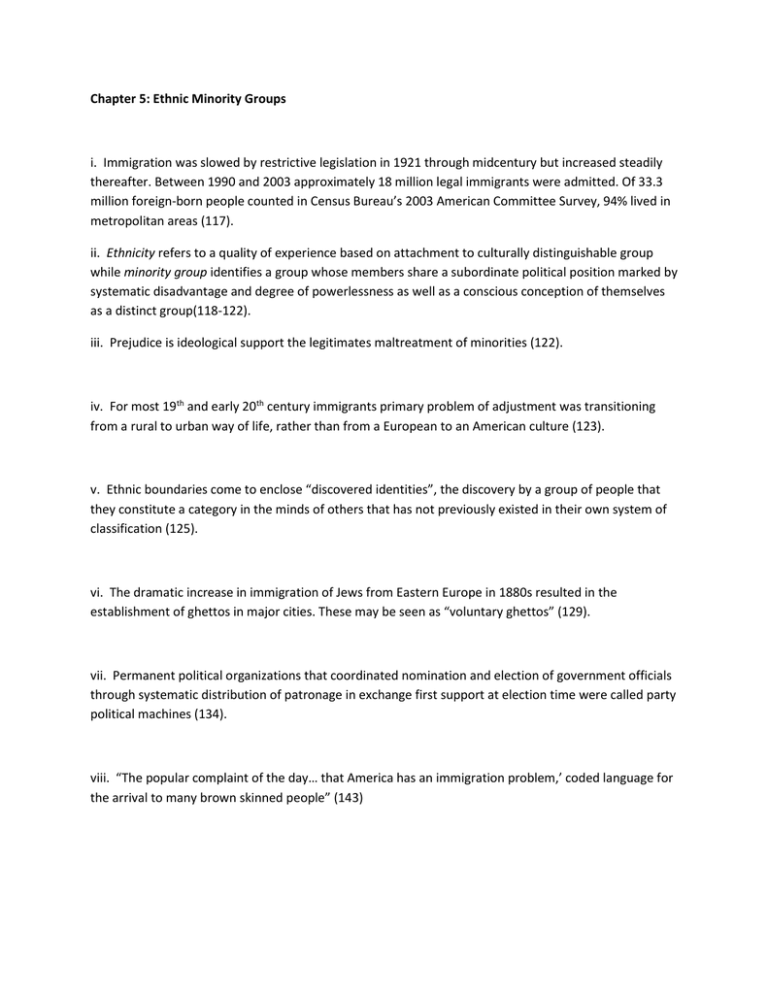
Chapter 5: Ethnic Minority Groups i. Immigration was slowed by restrictive legislation in 1921 through midcentury but increased steadily thereafter. Between 1990 and 2003 approximately 18 million legal immigrants were admitted. Of 33.3 million foreign-born people counted in Census Bureau’s 2003 American Committee Survey, 94% lived in metropolitan areas (117). ii. Ethnicity refers to a quality of experience based on attachment to culturally distinguishable group while minority group identifies a group whose members share a subordinate political position marked by systematic disadvantage and degree of powerlessness as well as a conscious conception of themselves as a distinct group(118-122). iii. Prejudice is ideological support the legitimates maltreatment of minorities (122). iv. For most 19th and early 20th century immigrants primary problem of adjustment was transitioning from a rural to urban way of life, rather than from a European to an American culture (123). v. Ethnic boundaries come to enclose “discovered identities”, the discovery by a group of people that they constitute a category in the minds of others that has not previously existed in their own system of classification (125). vi. The dramatic increase in immigration of Jews from Eastern Europe in 1880s resulted in the establishment of ghettos in major cities. These may be seen as “voluntary ghettos” (129). vii. Permanent political organizations that coordinated nomination and election of government officials through systematic distribution of patronage in exchange first support at election time were called party political machines (134). viii. “The popular complaint of the day… that America has an immigration problem,’ coded language for the arrival to many brown skinned people” (143)


